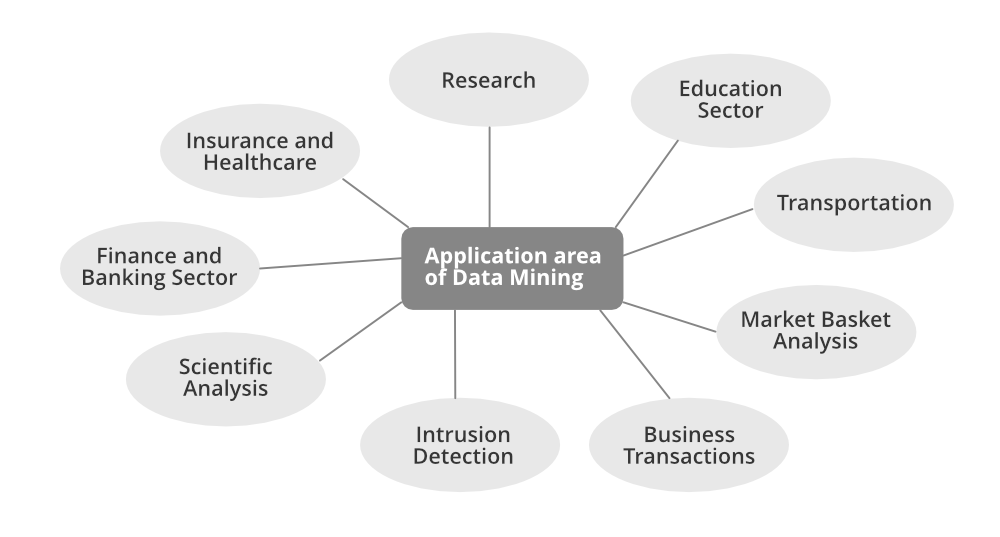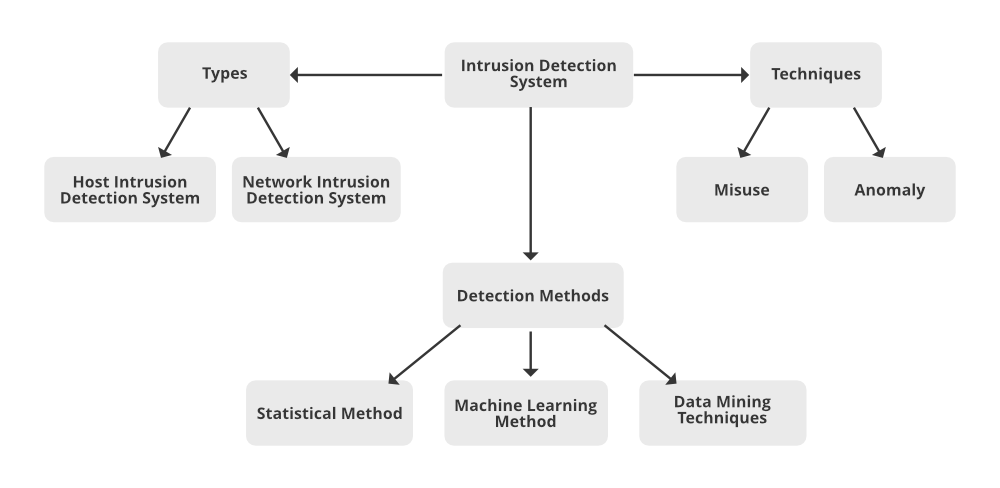Data Mining Gives Easy Access to Plsces
Data is a set of discrete objective facts about an event or a process that have little use by themselves unless converted into information. We have been collecting numerous data, from simple numerical measurements and text documents to more complex information such as spatial data, multimedia channels, and hypertext documents.
Nowadays, large quantities of data are being accumulated. The amount of data collected is said to be almost doubled every year. An extracting data or seeking knowledge from this massive data, data mining techniques are used. Data mining is used in almost all places where a large amount of data is stored and processed. For example, banks typically use 'data mining' to find out their prospective customers who could be interested in credit cards, personal loans, or insurance as well. Since banks have the transaction details and detailed profiles of their customers, they analyze all this data and try to find out patterns that help them predict that certain customers could be interested in personal loans, etc.
Basically, the motive behind mining data, whether commercial or scientific, is the same – the need to find useful information in data to enable better decision-making or a better understanding of the world around us.
"Extraction of interesting information or patterns from data in large databases is known as data mining."
According to William J.Frawley "Data mining or KDD(Knowledge Discovery in Databases) as it is also known, is the nontrivial extraction of implicit, previously unknown, and potentially useful information from data."
Technically, data mining is the computational process of analyzing data from different perspectives, dimensions, angles and categorizing/summarizing it into meaningful information. Data Mining can be applied to any type of data e.g. Data Warehouses, Transactional Databases, Relational Databases, Multimedia Databases, Spatial Databases, Time-series Databases, World Wide Web.
Data mining provides competitive advantages in the knowledge economy. It does this by providing the maximum knowledge needed to rapidly make valuable business decisions despite the enormous amounts of available data.
There are many measurable benefits that have been achieved in different application areas from data mining. So, let's discuss different applications of Data Mining:

Scientific Analysis: Scientific simulations are generating bulks of data every day. This includes data collected from nuclear laboratories, data about human psychology, etc. Data mining techniques are capable of the analysis of these data. Now we can capture and store more new data faster than we can analyze the old data already accumulated. Example of scientific analysis:
- Sequence analysis in bioinformatics
- Classification of astronomical objects
- Medical decision support.
Intrusion Detection: A network intrusion refers to any unauthorized activity on a digital network. Network intrusions often involve stealing valuable network resources. Data mining technique plays a vital role in searching intrusion detection, network attacks, and anomalies. These techniques help in selecting and refining useful and relevant information from large data sets. Data mining technique helps in classify relevant data for Intrusion Detection System. Intrusion Detection system generates alarms for the network traffic about the foreign invasions in the system. For example:
- Detect security violations
- Misuse Detection
- Anomaly Detection

Business Transactions: Every business industry is memorized for perpetuity. Such transactions are usually time-related and can be inter-business deals or intra-business operations. The effective and in-time use of the data in a reasonable time frame for competitive decision-making is definitely the most important problem to solve for businesses that struggle to survive in a highly competitive world. Data mining helps to analyze these business transactions and identify marketing approaches and decision-making. Example :
- Direct mail targeting
- Stock trading
- Customer segmentation
- Churn prediction (Churn prediction is one of the most popular Big Data use cases in business)
Market Basket Analysis: Market Basket Analysis is a technique that gives the careful study of purchases done by a customer in a supermarket. This concept identifies the pattern of frequent purchase items by customers. This analysis can help to promote deals, offers, sale by the companies and data mining techniques helps to achieve this analysis task. Example:
- Data mining concepts are in use for Sales and marketing to provide better customer service, to improve cross-selling opportunities, to increase direct mail response rates.
- Customer Retention in the form of pattern identification and prediction of likely defections is possible by Data mining.
- Risk Assessment and Fraud area also use the data-mining concept for identifying inappropriate or unusual behavior etc.
Education: For analyzing the education sector, data mining uses Educational Data Mining (EDM) method. This method generates patterns that can be used both by learners and educators. By using data mining EDM we can perform some educational task:
- Predicting students admission in higher education
- Predicting students profiling
- Predicting student performance
- Teachers teaching performance
- Curriculum development
- Predicting student placement opportunities
Research: A data mining technique can perform predictions, classification, clustering, associations, and grouping of data with perfection in the research area. Rules generated by data mining are unique to find results. In most of the technical research in data mining, we create a training model and testing model. The training/testing model is a strategy to measure the precision of the proposed model. It is called Train/Test because we split the data set into two sets: a training data set and a testing data set. A training data set used to design the training model whereas testing data set is used in the testing model. Example:
- Classification of uncertain data.
- Information-based clustering.
- Decision support system
- Web Mining
- Domain-driven data mining
- IoT (Internet of Things)and Cybersecurity
- Smart farming IoT(Internet of Things)
Healthcare and Insurance: A Pharmaceutical sector can examine its new deals force activity and their outcomes to improve the focusing of high-value physicians and figure out which promoting activities will have the best effect in the following upcoming months, Whereas the Insurance sector, data mining can help to predict which customers will buy new policies, identify behavior patterns of risky customers and identify fraudulent behavior of customers.
- Claims analysis i.e which medical procedures are claimed together.
- Identify successful medical therapies for different illnesses.
- Characterizes patient behavior to predict office visits.
Transportation: A diversified transportation company with a large direct sales force can apply data mining to identify the best prospects for its services. A large consumer merchandise organization can apply information mining to improve its business cycle to retailers.
- Determine the distribution schedules among outlets.
- Analyze loading patterns.
Financial/Banking Sector: A credit card company can leverage its vast warehouse of customer transaction data to identify customers most likely to be interested in a new credit product.
- Credit card fraud detection.
- Identify 'Loyal' customers.
- Extraction of information related to customers.
- Determine credit card spending by customer groups.
Source: https://www.geeksforgeeks.org/applications-of-data-mining/
0 Response to "Data Mining Gives Easy Access to Plsces"
Post a Comment